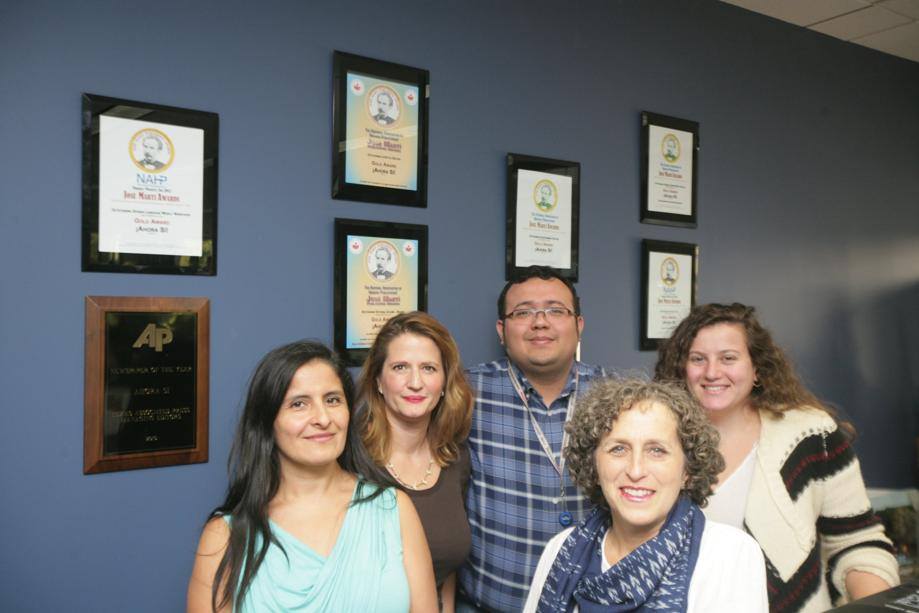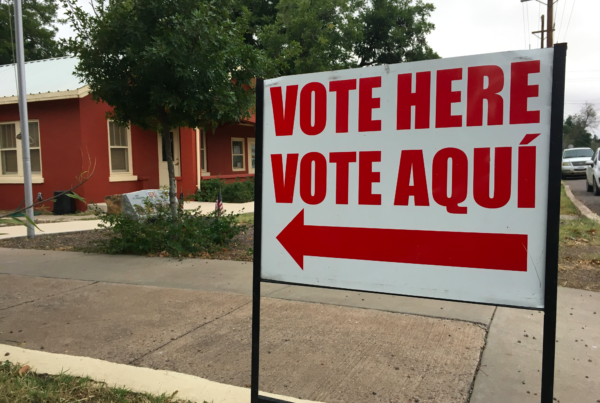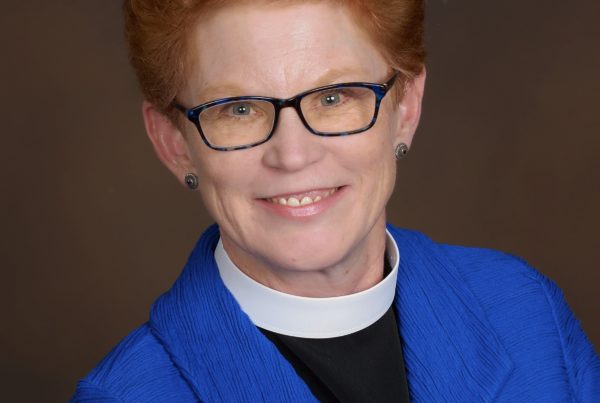Fourteen years ago, the Austin American-Statesman launched a new initiative for its growing Hispanic readership: Ahora Sí, a weekly Spanish-language publication.
But earlier this month, the Statesman announced it was ending Ahora Sí. This comes months after GateHouse Media acquired the newspaper after its four-decade ownership by Cox Media Group.
Josefina Casati, the longest-serving editor of Ahora Sí, remembers when the paper first got started. She says she remembers the readership being diverse from the start, ranging from readers with limited education and incomes to those making six-figure salaries.
“I remember thinking, wow, who is reading us?” she says.
Casati says a study of Ahora Sí’s readership found that it was popular with doctoral students and professors as well as people trying to learn Spanish.
“Ahora Sí was well written and had information that gave them something,” she says.
One popular column was “Pregúntale a la Maestra,” or “Ask the Teacher.” Casati says she was surprised by how popular it was, especially one week when the column talked about sharing oral tradition with children. She says the column touched one elderly reader who was illiterate.
“He realized all those stories that he had been sharing with his kids, and now grandkids, actually meant something,” Casati says.
The paper will publish its final issue in October.
The folding of Ahora Sí is the latest in a series of Spanish-language outlets that have folded in the last few years. CNN Latino closed in 2014 and NBC Latino did the same. In Texas and in many other border states, the demographics alone suggest there’s a big enough market to sustain several Spanish-language outlets. But Alfredo Carbajal, president of the American Society of News Editors and managing editor of Al Día Dallas, says it could be that it’s not a one-size-fits all business model that makes Spanish-language publications successful.
“What’s needed is a long-term commitment and a strategy that will continue to evolve as different pockets of the population continues to shift,” Carbajal says. “The market in Dallas…is very different to other traditionally Hispanic markets like San Antonio or LA.”
Carbajal says Al Día has changed in its 15 years. It’s focused on it’s long-term strategy and will continue to adjust and tailor its content and formats, in order to stay viable. But Al Día is rare among publications in that it’s owned by a local media company, Dallas-based Belo Media Group, and Carbajal says that makes a difference.
“We have local control in this company, so the decisions of this company and the products that we put out, they’re made here,” he says.
Carbajal says he’s also focused on Al Día’s reach across the border, in Mexico. That’s because he says many border-area Mexicans are Dallas Cowboys fans who read Al Día’s online coverage of the team, and he wants to continue to cater to those readers.
“We see that content and news and interest, they travel across the border seamless[ly] in many cases. That’s just one example of how we can be relevant here but also to people that may be outside of our geographical area,” Carbajal says.
Written by Caroline Covington.















